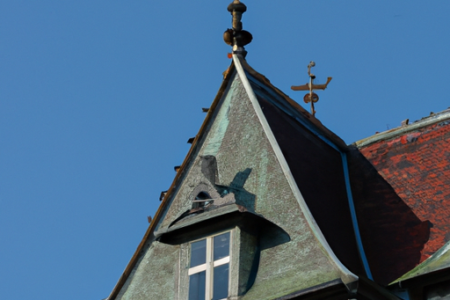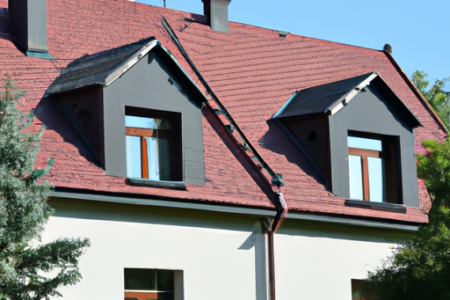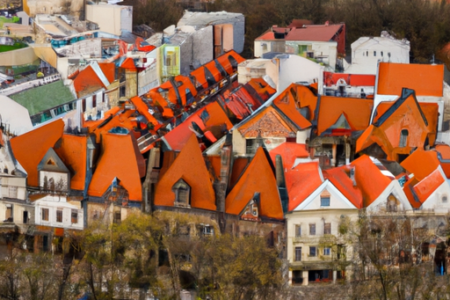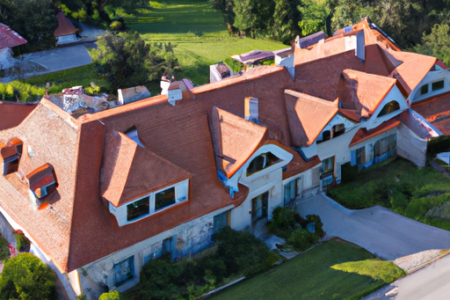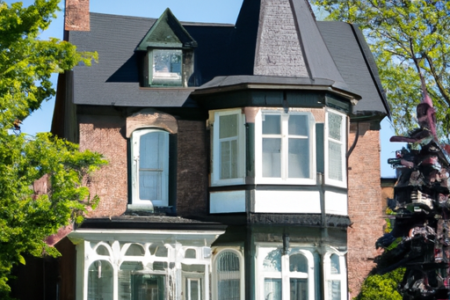of mansard roofs is the additional living space they provide. The steep slope of the roof allows for a spacious attic or second-story living area, which can be used for various purposes such as an extra bedroom, home office, or recreational space. Mansard roofs are also known for their energy efficiency, with the steep slope providing better insulation and minimizing heat loss during the winter months. The design of the roof also allows for effective rainwater drainage, reducing the risk of leaks and water damage. Additionally, mansard roofs offer a wide range of design possibilities, allowing homeowners to customize the style to suit their preferences. However, there are also drawbacks to consider. Mansard roofs can be more expensive to install due to their complex design and additional structural elements required. The steep slopes also make maintenance tasks such as cleaning gutters and inspecting for damage more challenging, potentially requiring professional help and increasing maintenance costs. Moreover, mansard roofs may not be suitable for regions with high snowfall, as the flat top portion of the roof can accumulate heavy snow and pose structural issues if not properly cleared. In conclusion, mansard roofs offer additional living space, energy efficiency, and aesthetic appeal, but they come with higher costs, increased maintenance needs, and potential challenges in snowy regions. It’s essential to consider these pros and cons and evaluate your specific needs before deciding if a mansard roof is the right choice for your home.
